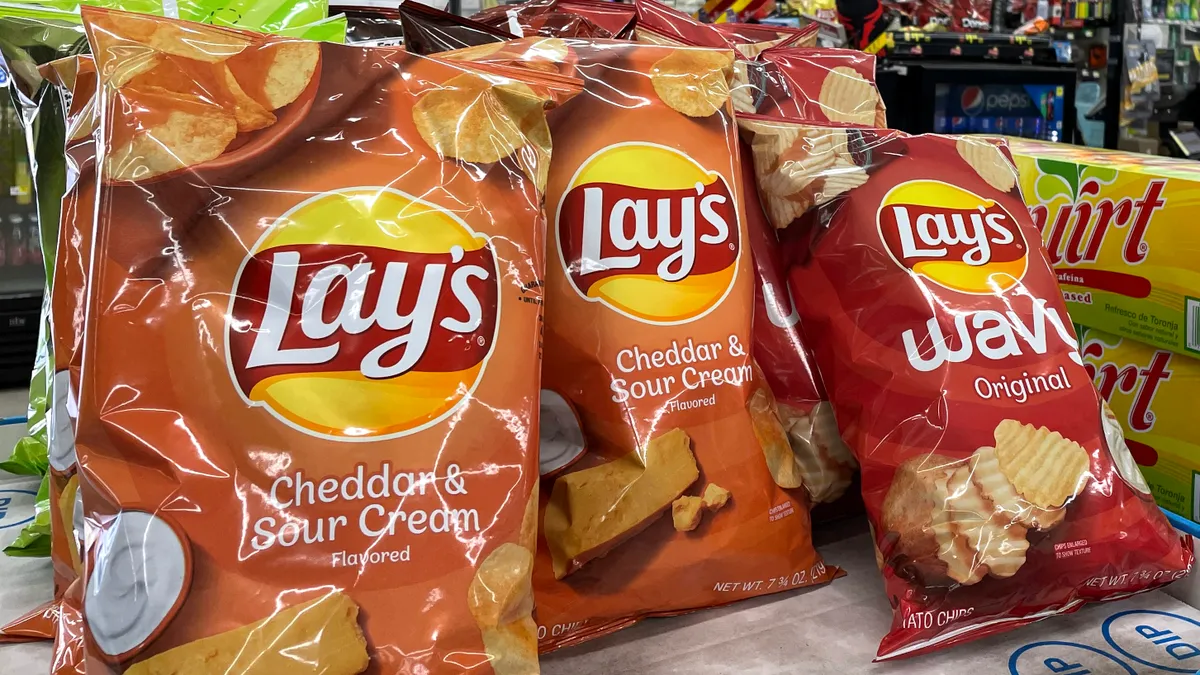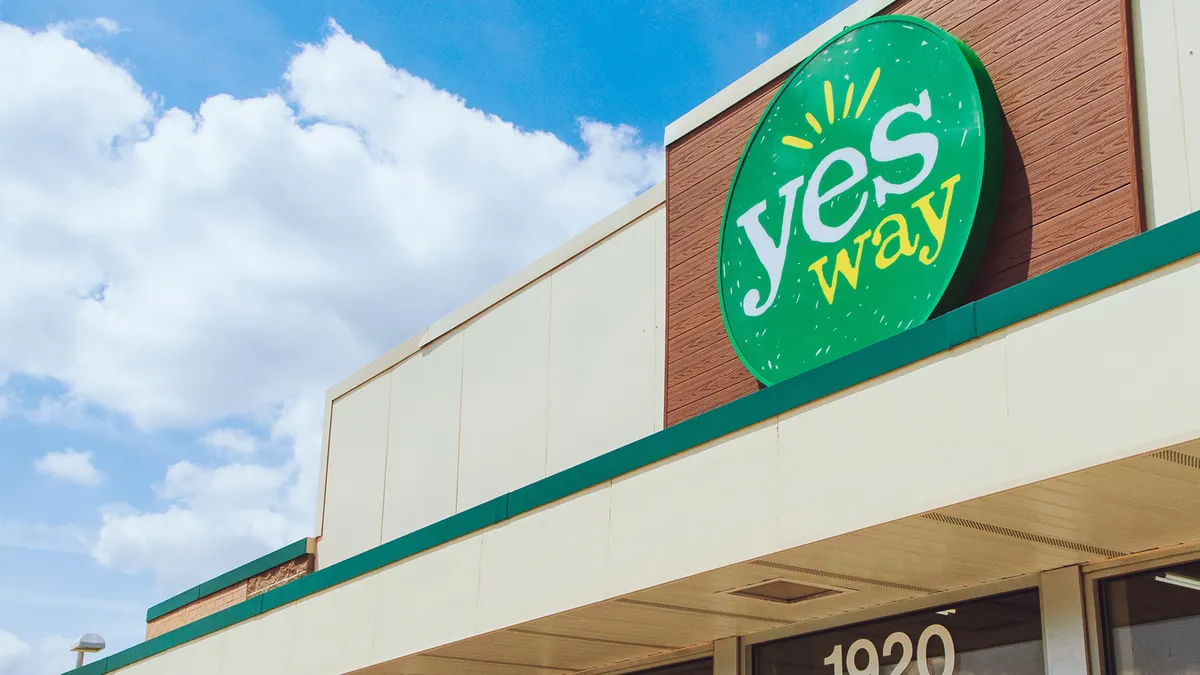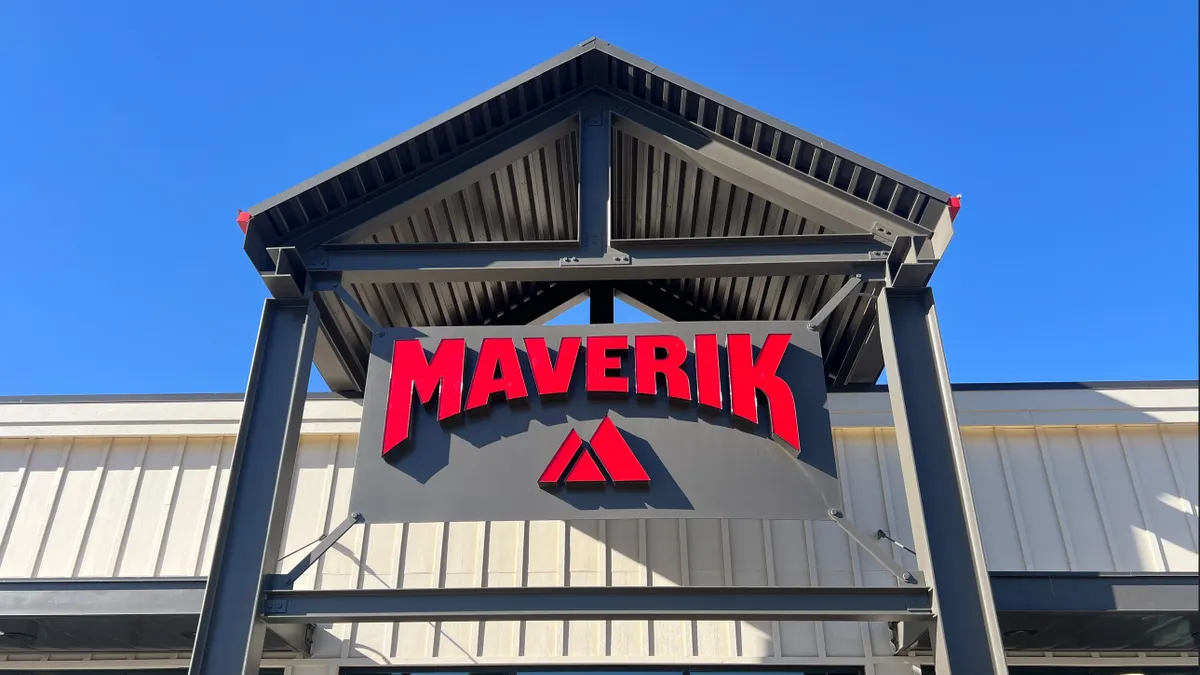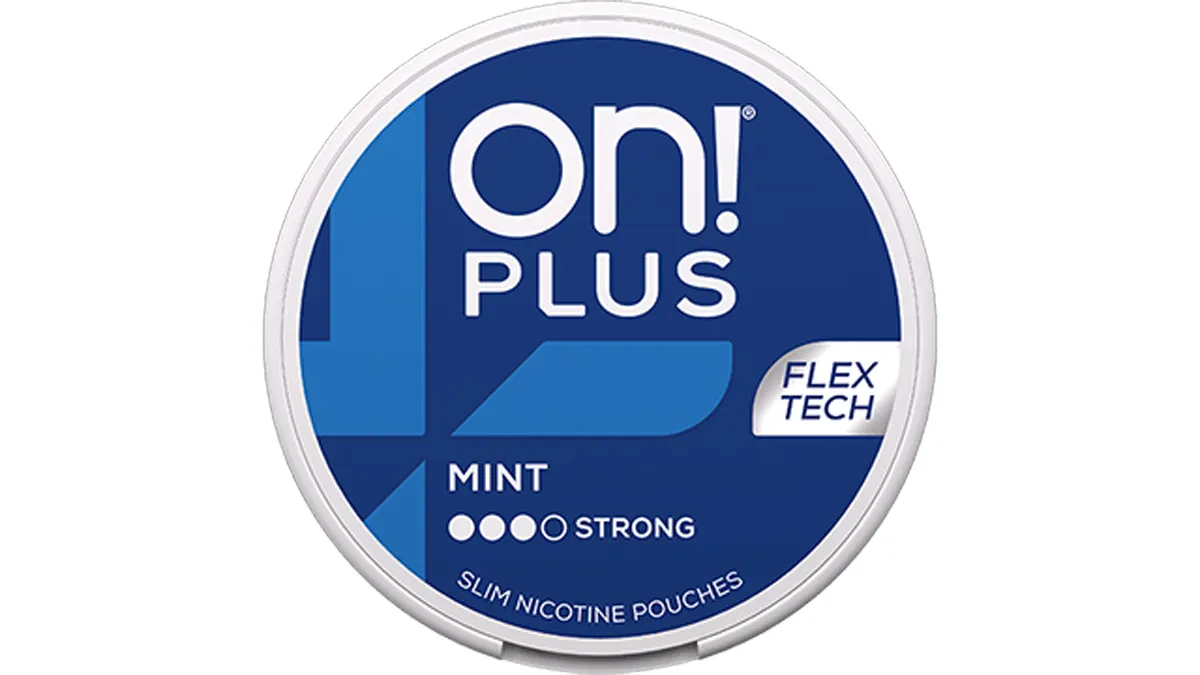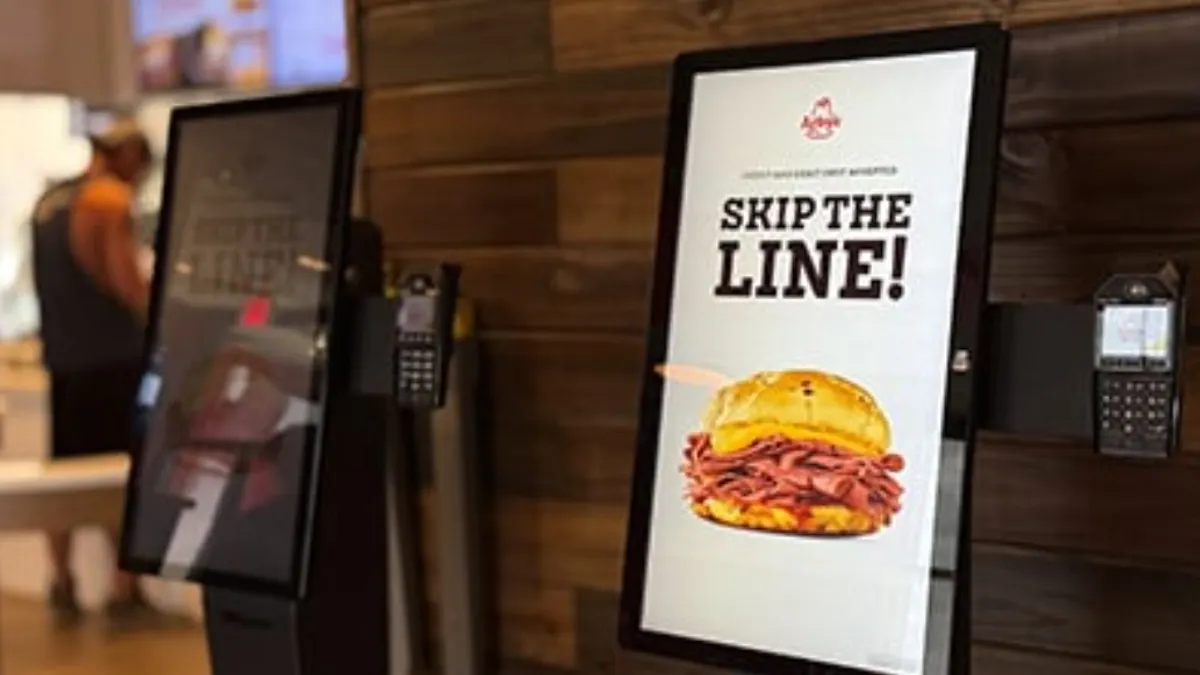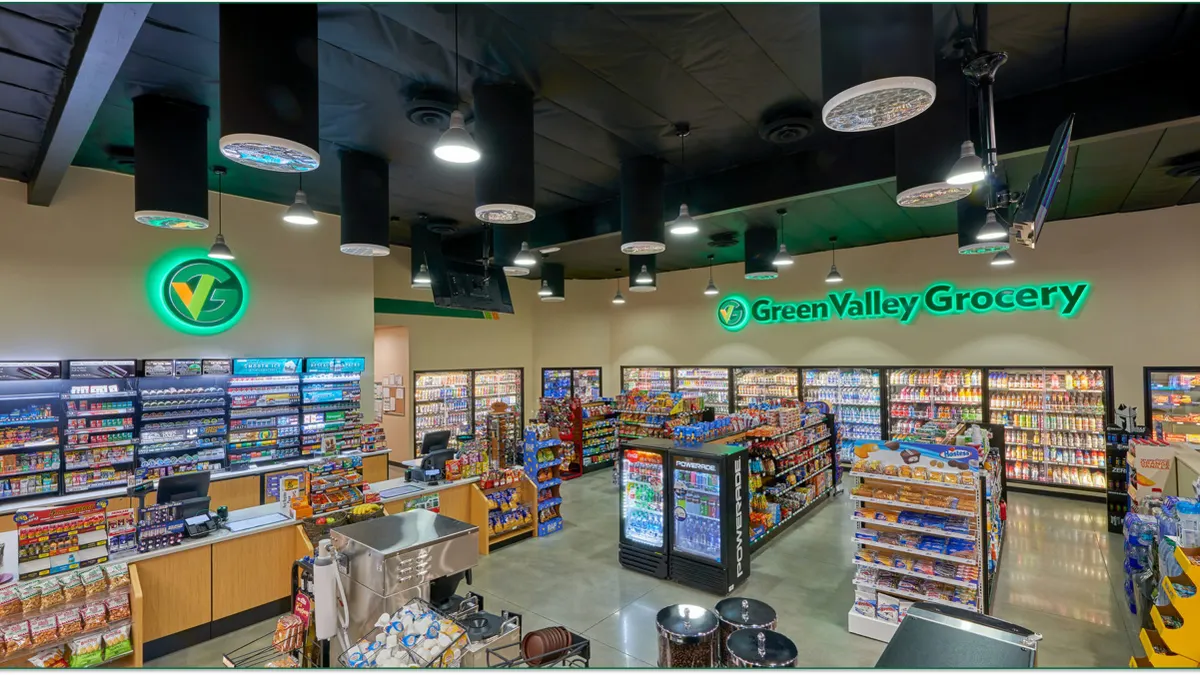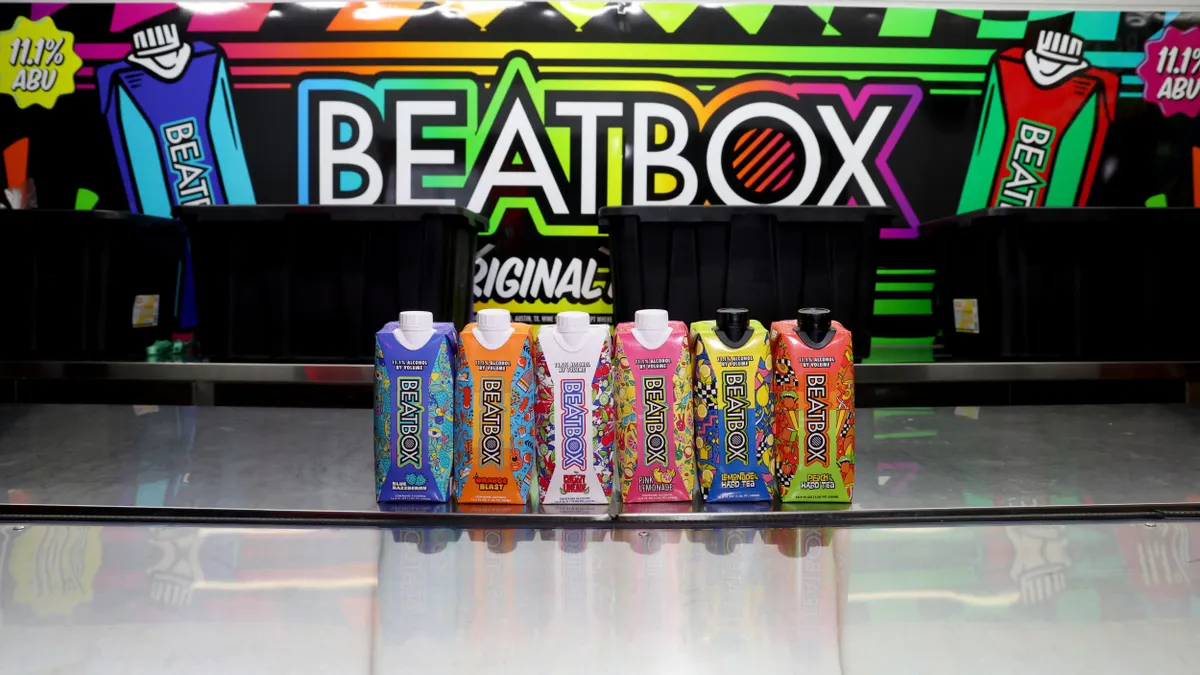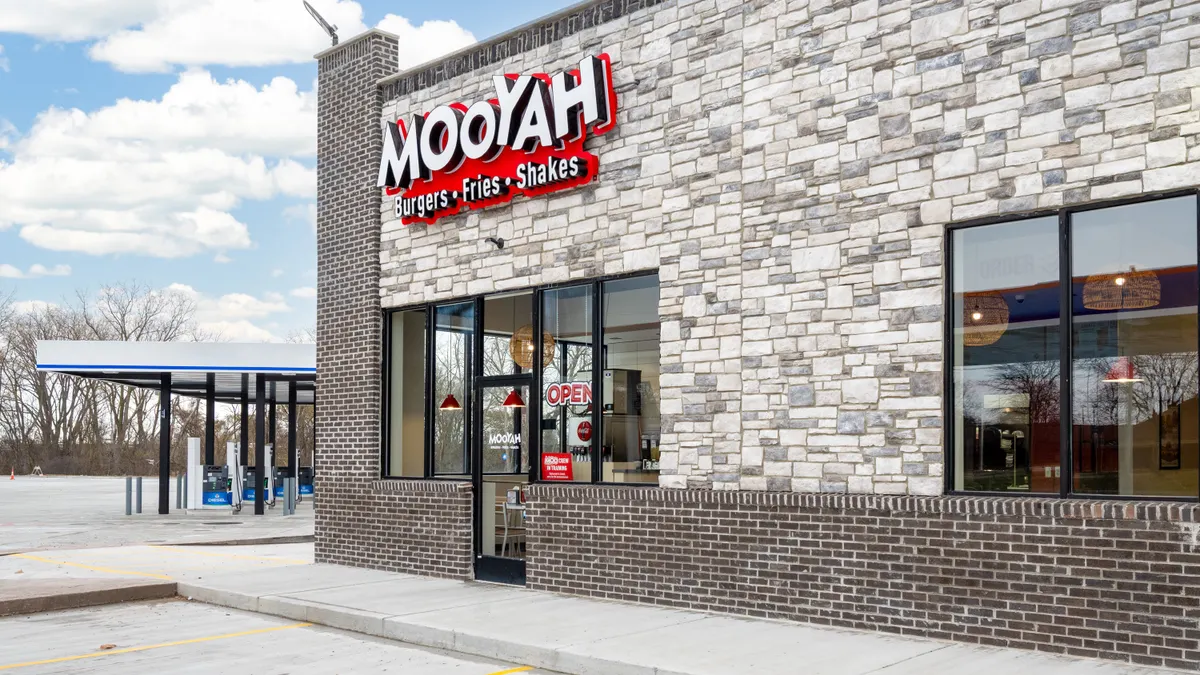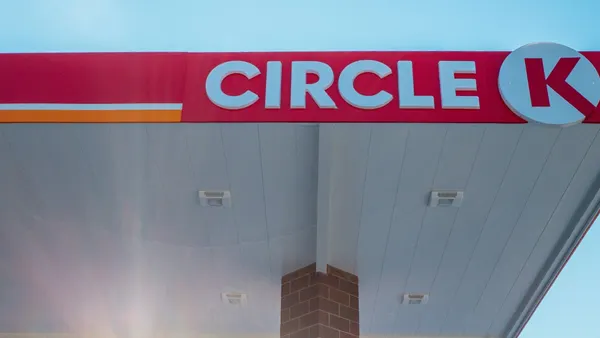Not even the allure of potato chips and cheese snacks can entirely overcome customers’ inflation concerns.
While sales of salty snacks in c-stores are up almost 6% for the year that ended June 16, as compared to the same period a year ago, sales are basically flat for the 26 weeks ended July 14 compared to a year ago, according to Circana data.
Unit sales were down over both periods.
“Inflation continues to have an overriding influence on the various snack categories in the convenience store channel, meaning dollar growth is boosted by price increases while unit and pound growth continue to look a bit soft,” said Anne-Marie Roerink, principal at 210 Analytics. “This is the pattern for virtually all snack and snack-like items, with only corn chips registering unit growth.”
There are several reasons c-stores are seeing these declines, said Sally Lyons Wyatt, global executive vice president and chief advisor of consumer goods and foodservice insights for Circana. In addition to the overall snack traffic losses, c-stores are lapping strong 2023 sales and competing for consumers’ dollars in a compounded macroeconomic situation. Customers are dealing with price increases for all kinds of goods, mortgage hikes and other higher overall expenses, according to Lyons Wyatt.
“It is important to keep in mind that convenience stores delivered above-average growth for several years, making it a harder bar to exceed year-over-year,” Roerink added.
Still, there are areas of growth that c-stores should focus on, both in assortment and marketing. Here are the areas where experts see opportunities for c-stores.
Focus on corn, potato chip selection
Chips continue to dominate c-store sales, so plenty of space should be devoted to the top-sellers.
Potato chips are a “massive category” both for convenience stores and in other channels, Roerink noted. They accounted for 30% of all salty snack sales in c-stores in the most recent quarter. Sales also grew more than 6% for the year ending June 16, though units rose only 0.4%, according to Circana.
In c-stores, potato chips function as a standalone snack, but also play a growing role as part of meal deals.
“Foodservice is an area of expansion for many c-stores, whether sandwiches, pizza or a beverage program and the goal is always to sell a meal bundle over just one item,” Roerink said.
The growth of potato chips and tortilla chips stems from their affordability, assortment — which can include both tried-and-true and innovative flavors — as well as types (rippled, ridged, flat, etc.), according to Lyons Wyatt.
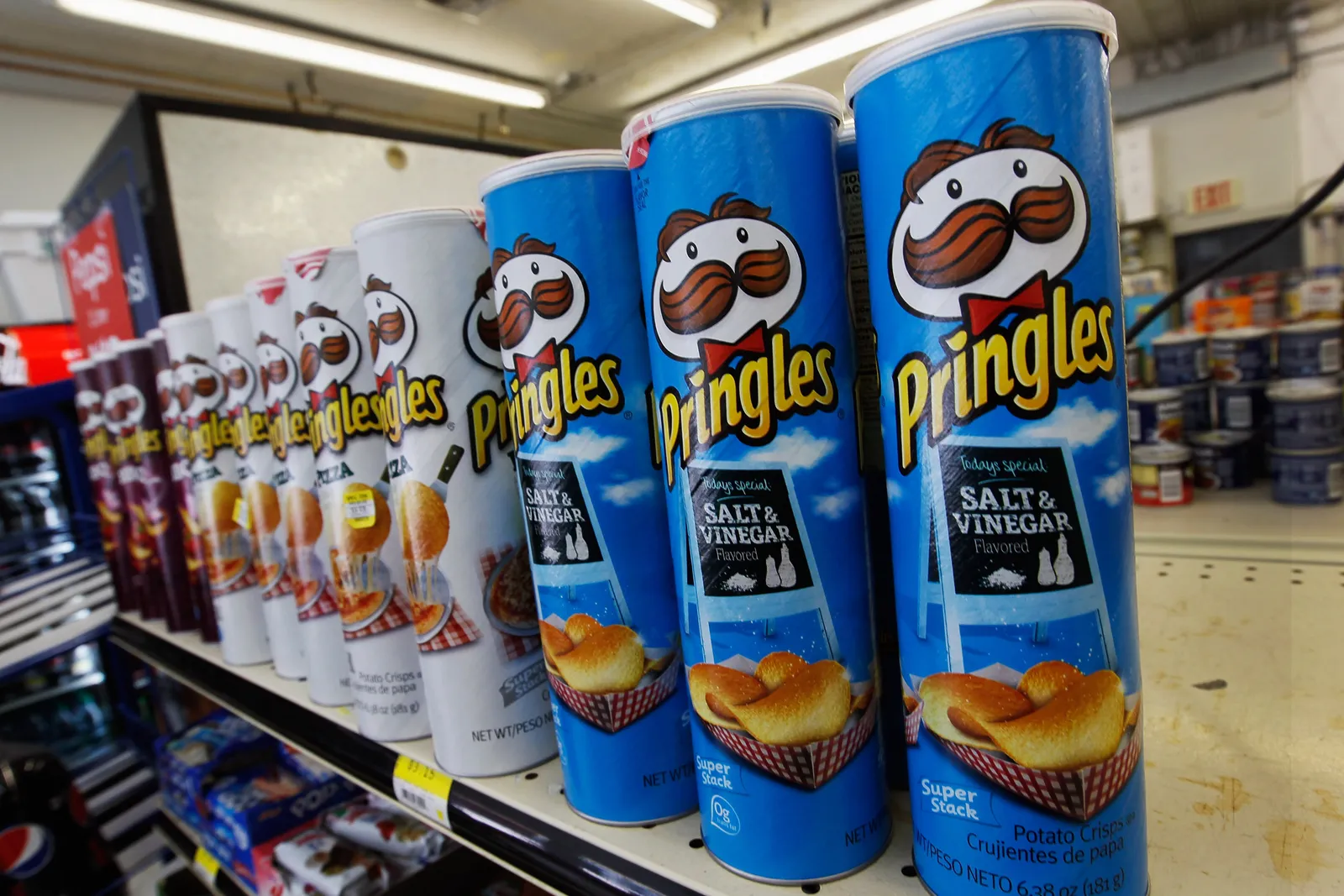
Private label growth is promising
Private label snacks continue to grow in c-stores as consumers seek value. Overall private label salty snack sales soared 8.3% for the 52 weeks ending June 16, according to Circana, while units rose 2.9%.
“Private brands are outpacing national brands in several subcategories, such as potato chips and tortilla chips, pointing toward the fact that some consumers are seeking out private brands given the macroeconomic conditions,” Lyons Wyatt said. As an example, cheese snack sales are growing in c-stores, primarily because of private brand options and the “affordability they bring to the product.”
Growth is also fueled by consumers’ growing expectation that store brands are quality brands, said Jeff Lenard, vice president of strategic industry initiatives for NACS. “As customers continue to embrace high quality foodservice in stores, that halo extends to packaged items and customers are much more likely to try these alternatives,” he said.
Since variety is important to consumers, according to Lyons Wyatt, having private brands helps c-stores distinguish themselves from their competitors. “Private brands give consumers choices and that includes different price options,” she said. “In addition, they help retailers with their own margins, helping drive topline growth.”
Private brand items are growing in many center store categories at all types of retailers — grocery, club, drug and c-stores, according to Roerink.
“In order to develop private brand items, volume potential has to be worth it, which is why stores typically start with the bigger sellers with high household penetration,” Roerink said. "But certainly, brand loyalty plays a big role. … In center store, younger consumers tend to be less brand loyal, which has opened up new categories for exploring private brands.”
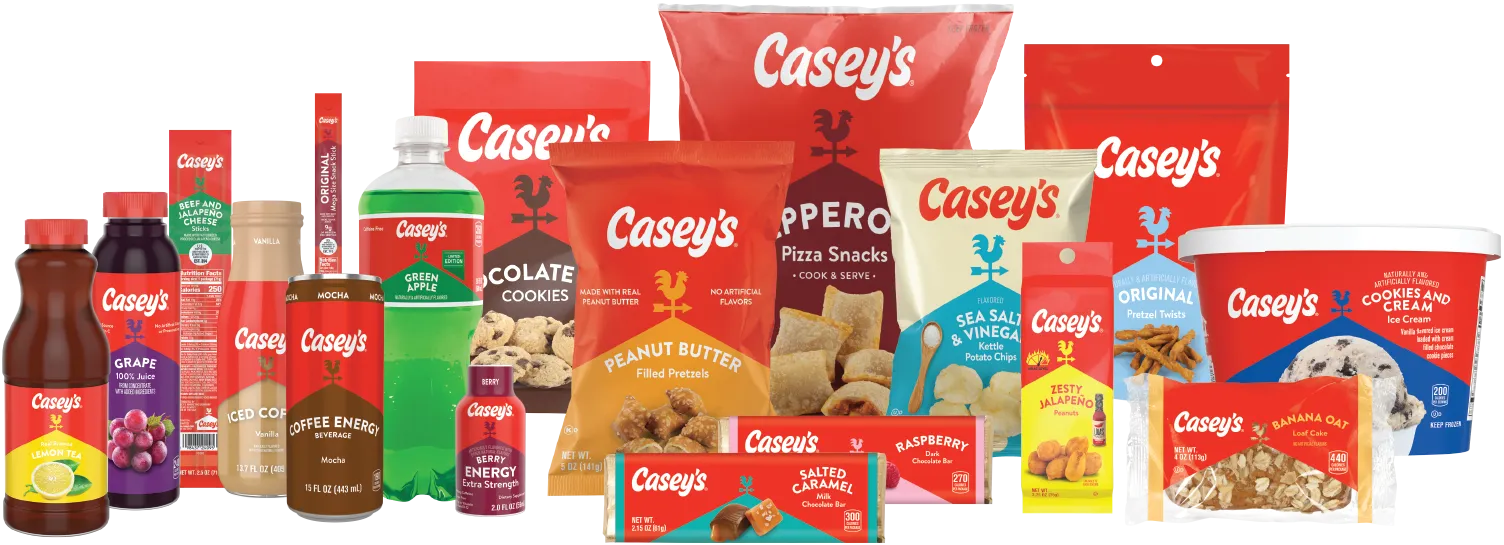
Flavor innovation fuels sales
Flavor innovation is one of the top trends in snacks — especially in limited-time offers, Roerink said, adding, "This allows salty snack manufacturers to explore more niche or exotic flavors and flavor combinations to see what may trend. LTOs also drive trips and curiosity for planned and unplanned purchases.”
Lyons Wyatt said that “tried and true flavors” such as cheese variations, sour cream and onion, and sea salt are popular, as well as heat flavors like “flamin’ hot limon.” Within subcategories, there is “fun innovation” in potato chips with flavors such as sweet & spicy honey, honey mustard, salsa fresca, Mike’s hot honey and hot wing. In the tortilla chips segment, popular flavors include flamin’ hot queso, Baja fiery mango, dragon sweet chili pepper, Buckin’ ranch, chili lime and tangy pickle.
Lyons Wyatt said she has noticed more innovative flavors in private brands as well.
“Some of the popular flavors experiencing the strongest growth are jalapeno, sea salt & vinegar and hint of lime,” Lyons Wyatt noted. Even cheese snacks boast innovation with varieties such as ranch, Buffalo and smoky chili queso, she added.

Price and value continue to be a focus
Shoppers will continue to seek out value in snacks for the remainder of the year, experts say. While some consumers are opting to buy multi-packs, others need an opening price point they can afford, so they turn to channels that have affordable small- to midsize packages, Lyons Wyatt said.
“The outlets in which consumers are shopping is tied to their decision on whether they need large or smaller sizes,” she noted.
As a result, c-stores need to assess their pricing, and determine whether they are competitively priced with other outlets. “If they are, they are going to be fine,” Lyons Wyatt said.
C-stores can also offer more snack/drink value deals, similar to restaurant chains such as McDonald’s and Starbucks, to drive traffic, she suggested.
Retailers should continue to be aware of the macroeconomic impacts on consumers going into the second half of the year. "This will require laser focus on getting their assortment optimized with the right price and size for both their own brand and national brands that their loyal consumers desire,” Lyons Wyatt said.
She recommends leveraging in-store displays — endcap and in-perimeter — along with out-of-store marketing such as online shopping and social media to capitalize on occasions such as back to school and football night parties as well as holidays

